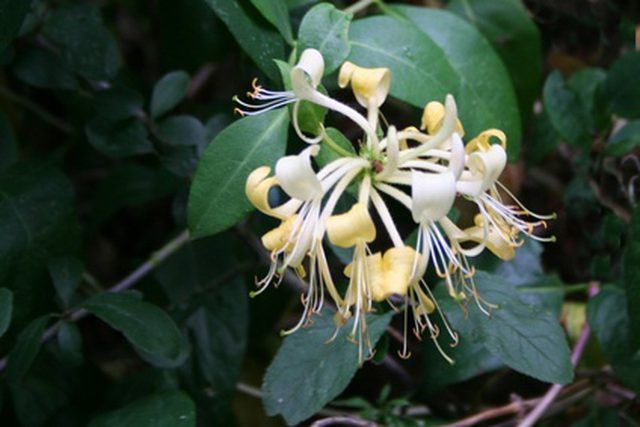Bulbs
Flower Basics
Flower Beds & Specialty Gardens
Flower Garden
Garden Furniture
Garden Gnomes
Garden Seeds
Garden Sheds
Garden Statues
Garden Tools & Supplies
Gardening Basics
Green & Organic
Groundcovers & Vines
Growing Annuals
Growing Basil
Growing Beans
Growing Berries
Growing Blueberries
Growing Cactus
Growing Corn
Growing Cotton
Growing Edibles
Growing Flowers
Growing Garlic
Growing Grapes
Growing Grass
Growing Herbs
Growing Jasmine
Growing Mint
Growing Mushrooms
Orchids
Growing Peanuts
Growing Perennials
Growing Plants
Growing Rosemary
Growing Roses
Growing Strawberries
Growing Sunflowers
Growing Thyme
Growing Tomatoes
Growing Tulips
Growing Vegetables
Herb Basics
Herb Garden
Indoor Growing
Landscaping Basics
Landscaping Patios
Landscaping Plants
Landscaping Shrubs
Landscaping Trees
Landscaping Walks & Pathways
Lawn Basics
Lawn Maintenance
Lawn Mowers
Lawn Ornaments
Lawn Planting
Lawn Tools
Outdoor Growing
Overall Landscape Planning
Pests, Weeds & Problems
Plant Basics
Rock Garden
Rose Garden
Shrubs
Soil
Specialty Gardens
Trees
Vegetable Garden
Yard Maintenance
Invasive Vs. Native Honeysuckle
Invasive Vs. Native Honeysuckle. There are over 180 species of honeysuckle in the world. Some honeysuckle species are destructive and prolific while others provide native habitat to foraging insects and animals.

There are over 180 species of honeysuckle in the world. Some honeysuckle species are destructive and prolific while others provide native habitat to foraging insects and animals.
Growth
Japanese honeysuckle in one the most common invasive honeysuckle species found throughout the eastern, southwestern and central U.S. Japanese honeysuckle grows as a vine up to 40 feet long.
Trumpet honeysuckle is a native honeysuckle variety which grows rapidly and can become uncontrollable; constant pruning is recommended for control.
Leaves and Flowers
Bush honeysuckle is an invasive shrub in North America. It has white flowers and egg-shaped leaves.
Compared to bush honeysuckle, native trumpet honeysuckle is much more vibrantly colored. Trumpet honeysuckle can have anything from deep red flower to a bright orange hue.
Problems
Invasive honeysuckle species crowd out native plants and can even overgrow small trees. Invasive species are difficult to control and should be immediately removed after identification.
Native honeysuckle species are likewise hard to control, and must be pruned. Honeysuckles native to the region will not disrupt wildlife habitat or dangerously crowd out plants.
Use
Invasive species of honeysuckle can be used for the ease of growth in bad soil or less than ideal conditions due to its ready acceptance of nearly any environment. Native honeysuckle is better suited for well drained soil and care.
Prevention/Solution
To discourage the spreading of invasive species after plant identification either dig plants out by the root or cut down to the root base. Organic herbicides or burning invasive species are effective methods to destroy invasive honeysuckle.
Native honeysuckle can be easily controlled with regular spring maintenance. Guiding a young native honeysuckles growth with pruning will produce and easily manageable plant.